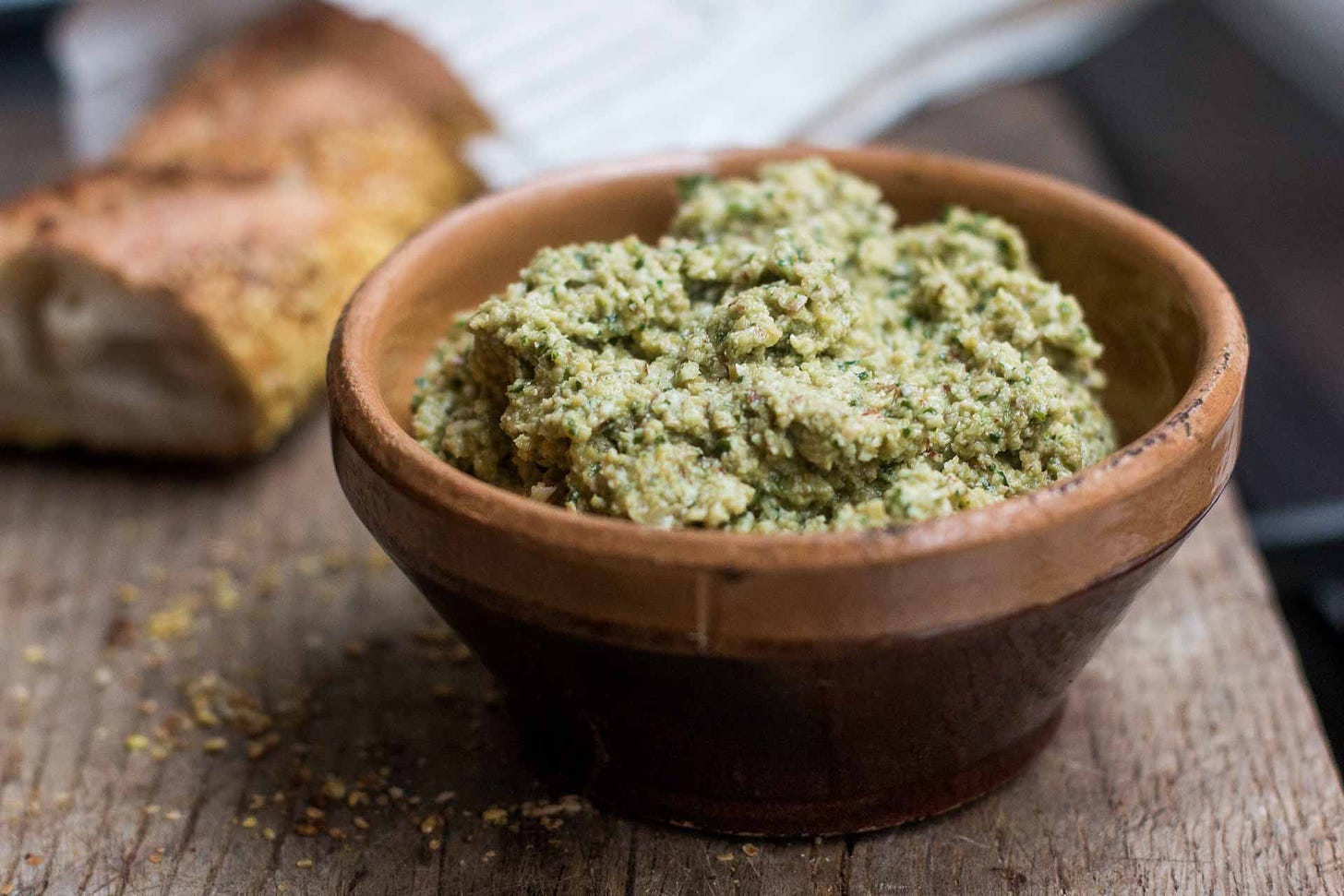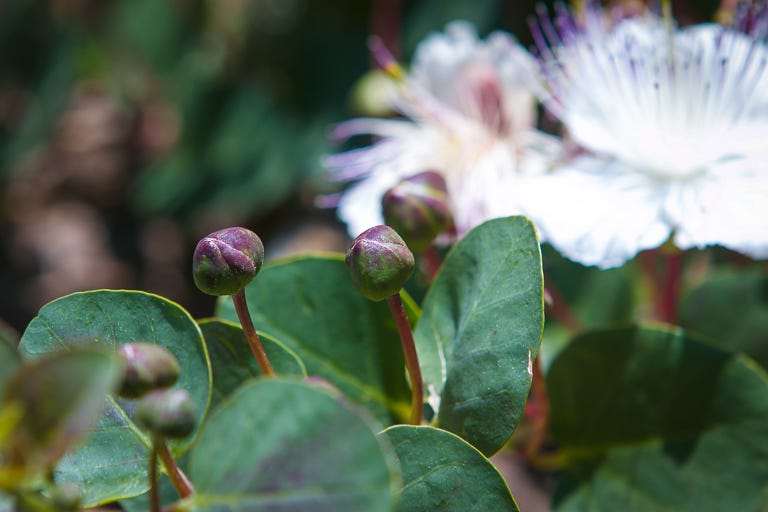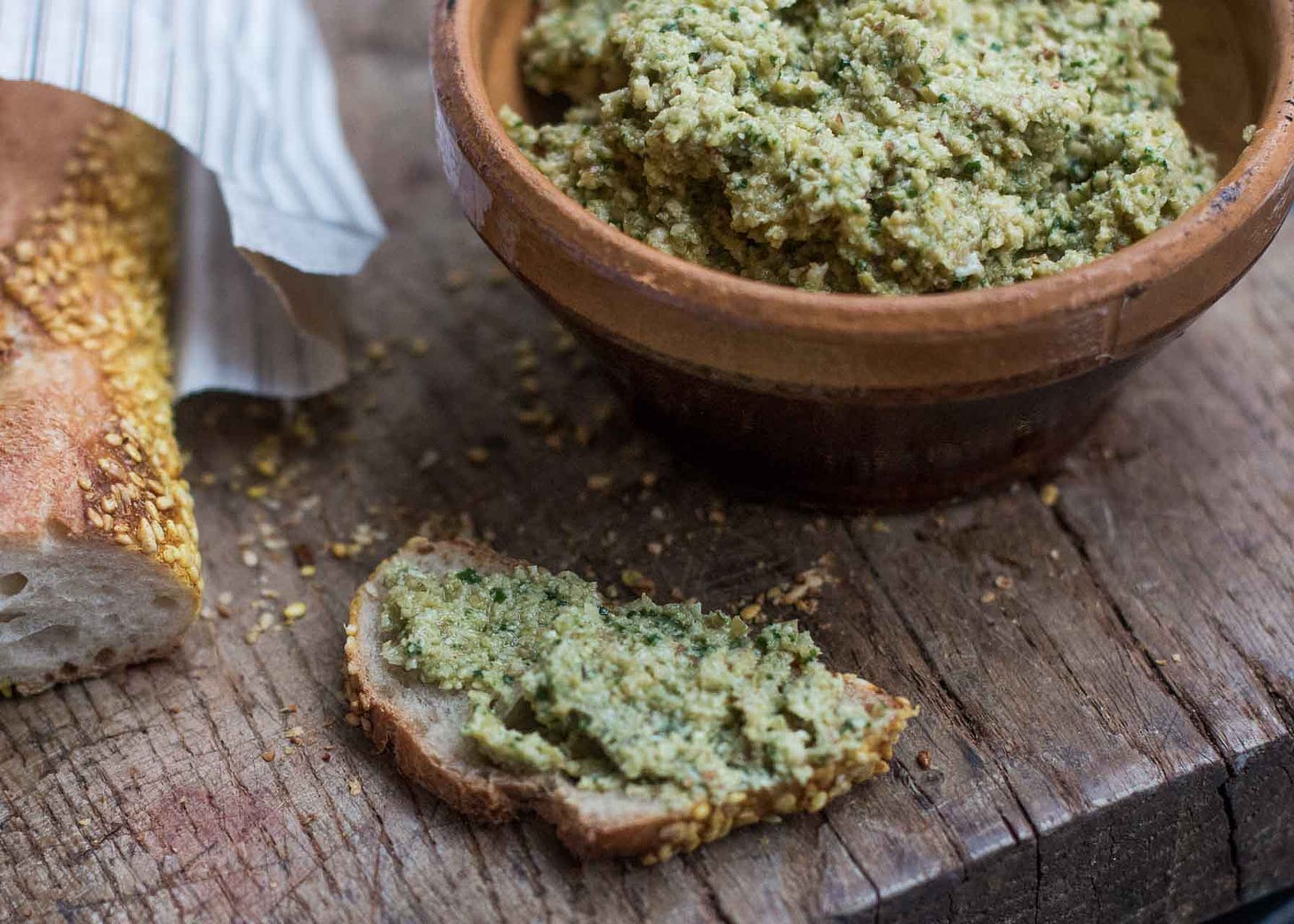If newspapers, magazines, and social media are any indication, everyone needs - on an annual basis - even more ways to roast turkey (or braise, sous-vide, Instant Pot, deep-fry, brine, dry brine, etc). And just when you thought pumpkin, pecan, or apple pie meant you made a crust, baked the filling inside it, and served it forth, there are a gazillion ways to do it better, bigger, more apple-y, less corn syrupy, etc., and yes, each year we learn there are more techniques put forth that swear to keep that bottom crust as crisp as humanly possible.
Living in France, I pretty much gave up on Thanksgiving a few years ago. It takes a while (and quite a few euros) to gather the essentials, such as fresh cranberries and a whole turkey, and the French aren’t all that keen on celebrating the pilgrims arriving in America. (Some Americans aren’t either, hence Friendsgiving, which would also be a difficult concept to easily explain.) Since Thursday is a school night in France, no one has the next day off to recover from a big meal, so its hard to rouse enthusiasm from the French for a Jour de dinde, or Turkey Day. (Which humorist Art Buchwald referred to as the Jour de Merci Donnant, possible paywall.)
I have to admit that I’m not great at entertaining, which another reason why France appeals to me. You can buy a lot of things premade, including charcuterie, pâté, the ever-present cherry tomatoes (it’s not an apéro in Paris without a bowl of them…), and even preportioned cubes of cheese, so it’s easy to cross the appetizers off your prep list if you just buy them.
Tapenade is olive spread from Provence and you can buy it too in France, in different colors (black or green) and different flavors, including basil, anchovy, and artichoke. Most store-bought tapenade is fine, but they usually use not-great olive oil and skimp a bit on the quality of ingredients too, so somtimes it can taste more like brine, than good olives and olive oil.
Whether you buy it or make it yourself, Tapenade one of the few things that gets better after a day or two of being made, so yes, it can be made in advance. Just let it come to room temperature, have crackers or a baguette handy, and voilà…you’ve got an appetizer on the table, literally in seconds.
I am a big fan of my mortar and pestle, but this Tapenade is actually best made in a food processor. If you have a mini-one, that works best. Unlike other recipes, I don’t toast the almonds as I don’t want them to be too crunchy. Like a good Caesar Salad, all the ingredients should work in harmony with each other, not fight for dominance.
The word “tapenade” comes from the word tapeno in the Provençal language, which means capers. So theoretically, you need capers in Tapenade. My uncle told me a funny story once a long time ago when he was making a recipe that called for “preserved capers,” he decided it would be better to use fresh, and searched far and wide for fresh capers, only to come up empty-handed.
DIYers will be impressed (I hope!) that I once picked my own capers in Sicily, on the island of Pantelleria, which is known for its capers. And let me tell you, once you do that in the blazing hot sun, plucking each little berry off the plant, you’ll never waste a single, individual caper again. Each one you pick from that plant is very, very precious.
Whether you pick your own, or buy salt-packed capers (my preference), or get capers in jars with brine, rinse them in a strainer and squeeze them gently to remove excess salt and moisture. That way they taste less-briney and more capery.
I’ve made this with Picholine olives and I’ve made it with regular jarred green olives, and it comes out just fine. The better the olive (and olive oil), the better the Tapenade. So now that you’ve got one appetizer out of the way, you can get back to finding a new technique (for this year, anyway….) to get the moistest turkey ever, and for keeping the lower pie crust crisper than last year’s recipe for keeping the lower pie crust crisp. Bon courage!
Green Olive Tapenade with Basil and Almonds
6-8 Servings
(Adapted from My Paris Kitchen)
Be sure to chop and add the basil at the last minute as once the leaves are sliced, they can quickly turn darker in color.
2 cup (260g) green olives, pitted
1/3 cup (35g) whole untoasted almonds
1 small-to-medium clove of garlic, peeled and minced
1 1/2 tablespoons freshly-squeezed lemon juice
1 tablespoon capers, rinsed and squeezed dry
1/2 cup (15g) loosely packed fresh basil leaves
1/2 cup (125ml) extra-virgin olive oil
Sea salt or kosher salt, to taste
Place the olives, almonds, garlic, lemon juice, capers, in the bowl of a food processor or mini chopper. Coarsely chop the basil leaves and add some of them to the food processor, pulse it a few times, then add the rest of the basil leaves along with the olive oil and a pinch of salt. If using a full-size food processor, you may need to stop and open the machine, and scrape down the sides as you go.
Pulse the machine until the mixture forms a coarse paste that’s still chunky, but cohesive. (As shown in the photos above.) Taste and add a bit more salt if desired.
Serve with toasts, crackers, or baguette. The tapenade will keep for at least a week in the refrigerator.









My great friend and mentor, Nathalie Waag, taught me to make this decades ago. Her secret - light on the lemon juice, add a tablespoon of Armagnac or Marc!
Love your “My Paris Kitchen”! All well tested recipes!